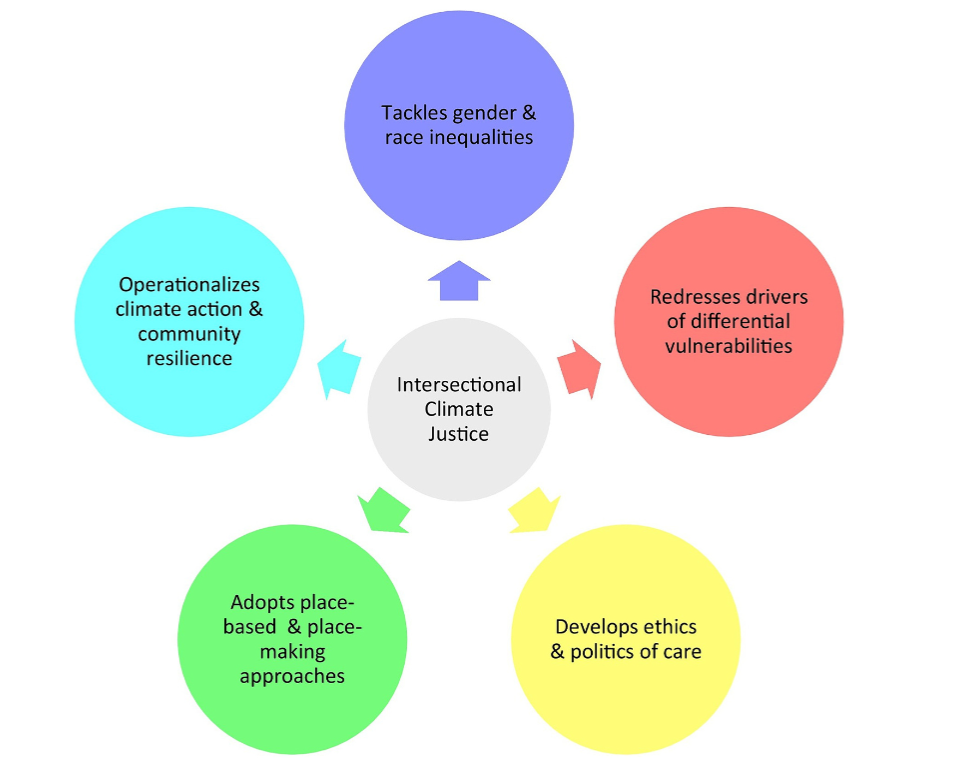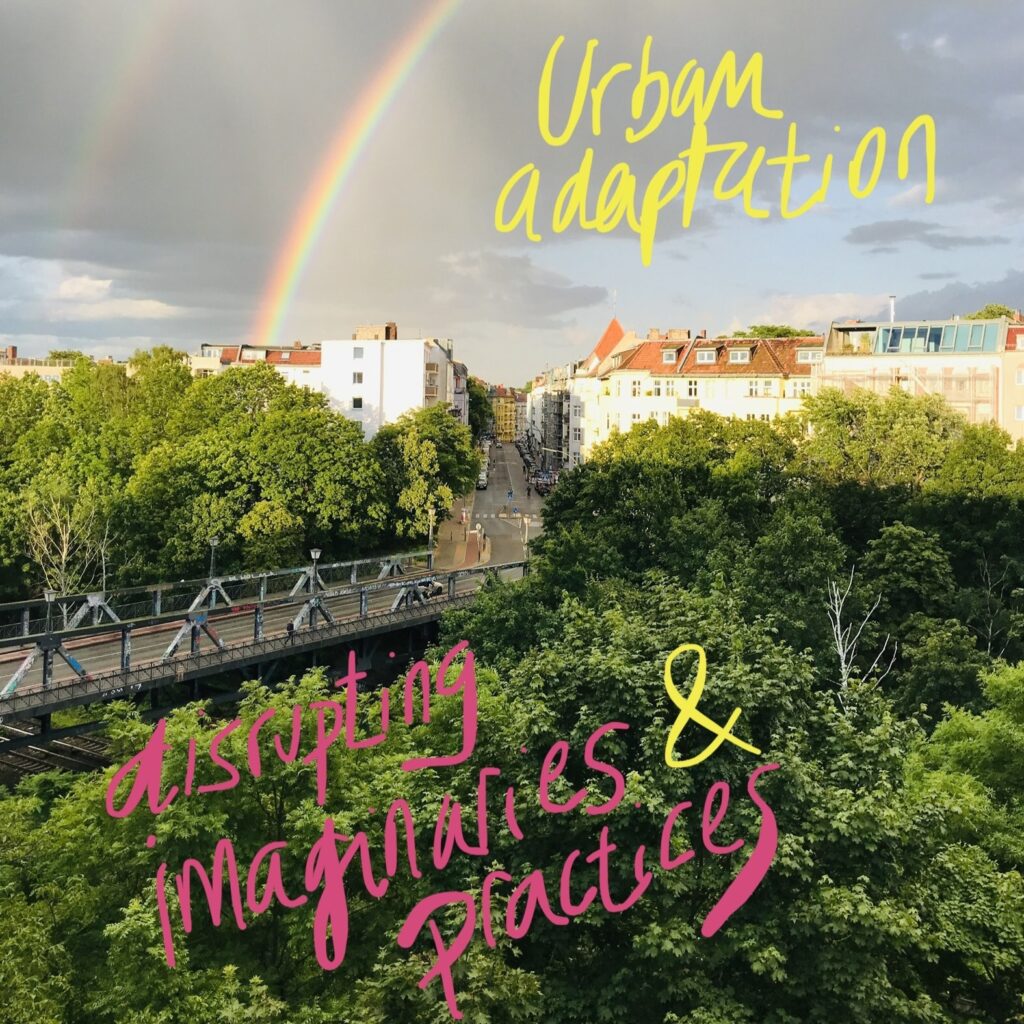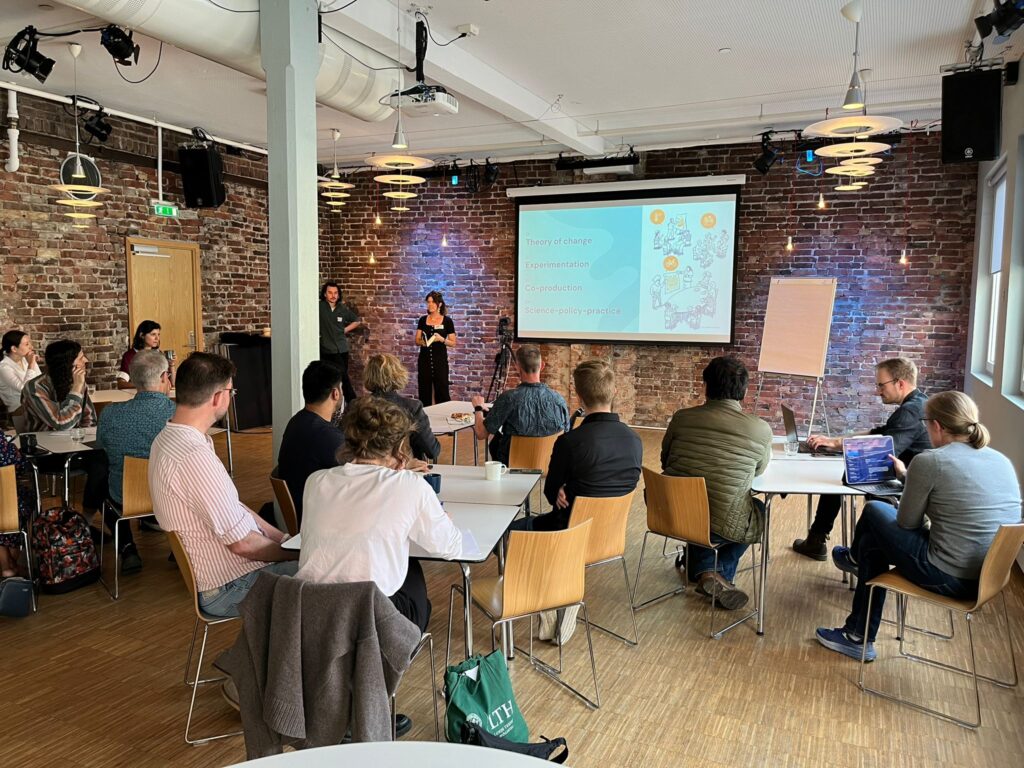In recent years, nature-based solutions (NbS) have gained traction as a vital strategy for addressing the interconnected challenges of climate change, biodiversity loss, and social inequality in urban environments. However, measuring the effectiveness of these solutions, particularly in terms of their contribution to climate adaptation, requires a nuanced understanding of what constitutes relevant and useful information.
In our recent study, published in Global Environmental Change, we analysed over 700 indicators from 74 NbS projects around the world. Alongside this quantitative analysis, we also conducted interviews with key project leaders, aiming to understand how different stakeholders measure and evaluate the success of these solutions. Our findings highlight the importance of focusing on information that is specific to NbS and embedding this data into robust Monitoring, Evaluation, Reporting, and Learning (MERL) processes.
Defining Relevant Information for NbS and High-quality MERL processes
But what exactly does “relevant” information mean when it comes to NbS? It involves a deep understanding of the unique social, ecological, and system dynamics present in cities. NbS is distinct from other adaptation strategies because it aims to address a wide range of interconnected issues—climate resilience, biodiversity, and social justice—all at once, and often over both short and long timeframes.
In addition to being relevant, this information must also be embedded within robust MERL systems that comply with best practice, for example by clearly identifying what should be measured, by whom, when, and so on. Without these guiding principles, it becomes difficult to credibly know that NbS are providing their claimed benefits.
Current Gaps in NbS Evaluation
Our research revealed a common trend: many NbS projects prioritise short-term ecological indicators, especially those related to biodiversity. While these indicators are often high-quality and crucial for understanding immediate environmental impacts, longer-term social measures tend to be neglected. This gap in evaluation is problematic because it means that crucial insights into the social justice dimensions of NbS are often overlooked. For instance, are these solutions truly benefiting the communities they are intended to serve? Are they being implemented in ways that address systemic inequalities?
Without clear, long-term social indicators integrated into MERL processes, we risk missing important aspects of how NbS projects contribute—or fail to contribute—to social justice in cities.
Diverging Narratives on What Indicators Should Measure
Another key finding from our interviews is that the definition of “good” information varies depending on the purpose of adaptation and the level at which MERL processes are implemented, whether local, national, or global. Many locally-grounded narratives revealed that stakeholders often have differing views on what indicators are for. In some cases, these differences can lead to positive outcomes, such as the emergence of MERL processes that effectively communicate the value of NbS as an adaptation strategy. However, when there is no consensus on the purpose of these processes, or when power dynamics overshadow local needs, the potential for misalignment increases.
This divergence underscores the need for clear, well-defined objectives when developing MERL frameworks for NbS. A shared understanding among local actors is essential to ensure that these solutions deliver on their promises, both in terms of environmental outcomes and social equity.
Of particular interest to both researchers and practitioners is the freely accessible database of indicators, which can be downloaded and tailored to specific needs. The database allows users to filter indicators based on the dimension of urban systems they pertain to, such as social, ecological or technical aspects. Additionally, users can identify indicators by the specific challenges being addressed, including climate, biodiversity, or social justice. For instance, if your NbS project focuses on ecosystem restoration, you can easily isolate indicators specifically designed to measure restoration goals. Otherwise, if you are aiming to evaluate the distributional aspects of your NbS, this can also be filtered for under social justice challenges.
However, as the article emphasises, the key priority should always be aligning your NbS with its intended purpose and embedding this focus within your MERL processes. How adaptation goals are defined and assessed is a central concern of IMAGINE Adaptation. Be sure to subscribe to our newsletter to stay updated on our latest publications and insights.
Cover photo by Jayasahan Hansana on Unsplash.











